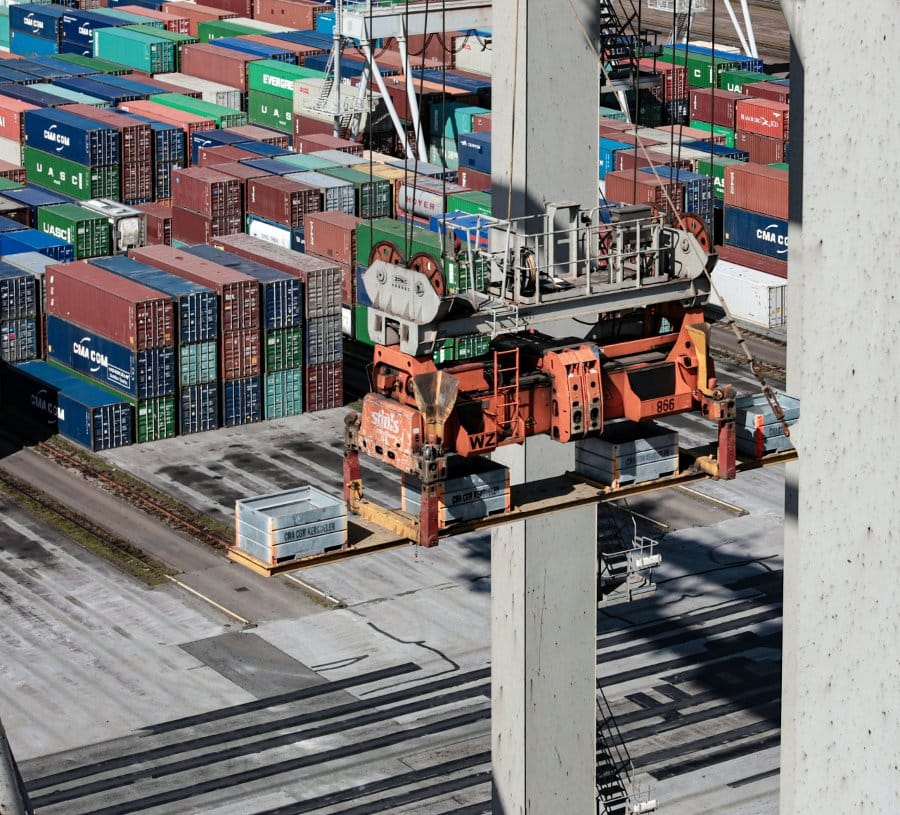Conversations about output capacity in operations management are easy in the abstract. “We need more capacity” is an easy plea, but this could mean many things. To fully understand this, we need to peel back the layers to understand what capacity is, the many ways it can be defined, and the factors that influence it.
Read on to answer the question “what is capacity?” and understand the three main reasons why businesses should understand it.
Capacity definition – in operations management
“Capacity” or more specifically “output capacity, is the maximum rate at which a business can process and generate output, value, and money. Whilst it’s objectively one of the most important factors to consider in operations, it often gets obscured by the more interesting topics that are easier to understand.
Output capacity meaning
The “output capacity” of an operation is the maximum rate of output that can be sustained under normal operating conditions. In other words, an output capacity definition is “the maximum rate of ‘things made’ or ‘jobs done’ per unit of time”.
Examples of output capacity
Depending on the business type, output capacity can refer to a production process or a service delivered by a person or a team. Here are some examples:
- Technical processes e.g. computer servers handling data requests
- Production process e.g. a production line
- A service e.g. a team of software engineers writing code
- Both a production process and a service e.g. a team of chefs using equipment in a kitchen to output meals
Other types of capacity (that we are not talking about here)
There are other definitions of capacity in different contexts that need to be separated from the “output” capacity we consider here in the subject of in operations management.
We are “not” talking about these other uses of the word “capacity:
- “I can’t complete that task, I’m at capacity” is a common complaint of busy production managers or office employees when they are working on so many things that they can’t possibly consider accepting any more. It’s quite possible (and very common) for a business operation to be attempting to work on so many jobs that they cannot take on any more, but this says nothing about their rate of actual output.
- Volumetric capacity is the ability of an object, for example a bucket, to contain a substance, such as 5 gallons of water.
- Maximum Work in Progress (WIP) is how much work a business or operation can be allocated (or be processing) at a certain moment in time.
Why do businesses need to understand Capacity?
There are many measures of performance of a business operation: quality, lead time, flexibility, reliability, and cost, but output capacity is at the top of the list.
There are three main reasons why businesses need to understand their capacity:
1. Generating output is the purpose of an operation
Generating valuable outputs is the primary purpose of the whole operation and supply chain. Understanding capacity enables businesses to effectively plan and allocate resources, and therefore meet customer demands in a timely manner. This creates satisfied customers who will return to buy again.
2. To identify bottlenecks
It’s essential to understand capacity to be able to identify improvement and investment opportunities by identifying bottlenecks. Bottlenecks are the specific processes or resources that are limiting system or output capacity (and therefore the throughput, sales, revenue, and profit of the whole business).
3. To make other important business decisions
Understanding capacity allows organizations to make informed decisions around investment and expansion opportunities.Output is the primary metric of any supply chain or operation. Creating and delivering value is the entire purpose of the supply chain, and so everything else should be balanced or moderated against it.
Demand and capacity
“Capacity” (or “supply”) is the partner to “demand”. Understanding capacity means understanding what it means to design, build, and operate the equipment, systems, people, and procedures needed to deliver, with your capacity, in order to supply the market with what is demanded.
Being able to obtain, understand, and articulate capacity information allows those in operations management to proceed in many other key activities: Capacity Design, Capacity Planning, Capacity Management, and Capacity Analysis, to name a few. Understanding operational and system capacity is a key factor in identifying delivery issues and bottlenecks, which limit productivity and efficiency.




